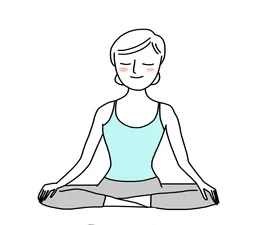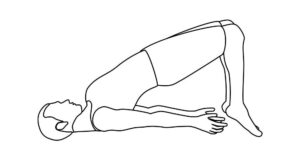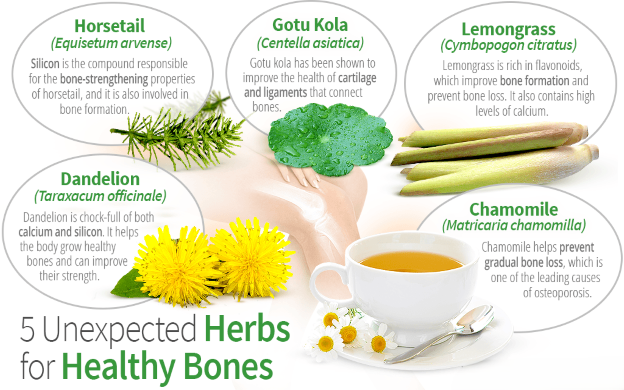Introduction
In today’s fast-paced world, stress has become a common issue affecting mental and physical health. Ayurvedic practices for stress management offer holistic approaches to manage stress by promoting balance in the body, mind, and spirit. This post explores various Ayurvedic practices, dietary changes, daily routines, yoga asanas, and relaxation techniques that can help alleviate stress and enhance overall well-being.
Understanding Stress in Ayurveda
- Definition of Stress: In Ayurveda, stress is viewed as an imbalance among the three doshas: Vata, Pitta, and Kapha. Each dosha contributes to our physical and mental states, and an imbalance can lead to symptoms of stress.
- Signs of Stress: Common symptoms of stress include anxiety, fatigue, insomnia, digestive issues, headaches, and irritability. Understanding these signs can help individuals identify when they need to take action.
Dietary Adjustments for Stress Relief
- Balanced Nutrition: Emphasizing a balanced diet rich in whole foods, seasonal fruits, and vegetables can help manage stress effectively.
- Calming Herbs and Spices: Including calming herbs such as Ashwagandha, Brahmi, Turmeric, and Chamomile in your diet can be beneficial. These herbs are known for their adaptogenic properties, which help the body cope with stress. Learn more about these herbs in this detailed post.
- Hydration: Staying well-hydrated is essential for maintaining energy levels and reducing stress. Herbal teas, such as chamomile or ginger tea, can be particularly soothing.
- Avoid Processed Foods: Minimizing consumption of processed foods, caffeine, and sugar can exacerbate stress levels. Instead, focus on light, nourishing meals that are easy to digest.
Establishing a Daily Routine (Dinacharya)
- Routine Creation: A consistent daily routine helps create stability and predictability in life, which is essential for managing stress.
- Morning Rituals: Start your day with a calm morning routine, including gentle stretching, meditation, and a wholesome breakfast.
- Sleep Hygiene: Prioritize sleep by maintaining a regular sleep schedule, aiming for 7–8 hours of quality sleep each night. Creating a calming bedtime routine can signal to your body that it’s time to unwind.
- Mindful Eating: Practicing mindful eating by savoring each bite and paying attention to the flavors and textures of your food can improve digestion and reduce anxiety around meals.
Yoga Asanas for Stress Relief
Incorporating specific yoga poses into your routine can significantly aid in stress management:
- Balasana (Child’s Pose)
- Benefits: Gently stretches the back, calms the mind, and reduces fatigue.
- How to do it: Kneel on the mat, sit back on your heels, and extend your arms forward while resting your forehead on the ground. Breathe deeply and hold for several breaths.

- How to do it: Kneel on the mat, sit back on your heels, and extend your arms forward while resting your forehead on the ground. Breathe deeply and hold for several breaths.
- Balasana (Child’s Pose)
- Viparita Karani (Legs-Up-the-Wall Pose)
- Benefits: Encourages relaxation, improves circulation, and relieves tension in the legs and lower back.
- Viparita Karani (Legs-Up-the-Wall Pose)
- Sukhasana (Easy Pose)
- Benefits: Promotes mindfulness and calmness, ideal for meditation.
- How to do it: Sit cross-legged with your hands resting on your knees or in your lap. Keep your spine straight and focus on your breath.

- How to do it: Sit cross-legged with your hands resting on your knees or in your lap. Keep your spine straight and focus on your breath.
- Sukhasana (Easy Pose)
- Bhujangasana (Cobra Pose)
- Benefits: Opens the chest and lungs, relieving tension in the back and promoting better breathing.
- How to do it: Lie face down, place your hands under your shoulders, and gently lift your chest while keeping your lower body on the ground. Hold for several breaths.

- How to do it: Lie face down, place your hands under your shoulders, and gently lift your chest while keeping your lower body on the ground. Hold for several breaths.
- Bhujangasana (Cobra Pose)
- Setu Bandhasana (Bridge Pose)
- Benefits: Strengthens the back and opens the heart, promoting relaxation and stress relief.
- How to do it: Lie on your back, bend your knees, and place your feet flat on the floor. Lift your hips while pressing your feet and arms into the ground. Hold for several breaths before releasing.

- How to do it: Lie on your back, bend your knees, and place your feet flat on the floor. Lift your hips while pressing your feet and arms into the ground. Hold for several breaths before releasing.
- Setu Bandhasana (Bridge Pose)
Incorporating Mindfulness and Relaxation Techniques
- Mindfulness Practices: Engage in mindfulness activities such as mindful walking, journaling, or simple breathing exercises. These practices can help bring awareness to your thoughts and emotions, reducing feelings of overwhelm.
- Relaxation Techniques:
- Guided Imagery: Use guided imagery techniques to visualize a peaceful place, which can help calm the mind and body.
- Aromatherapy: Incorporate calming essential oils such as lavender or sandalwood into your relaxation routine. You can diffuse them in your space or use them in a warm bath.
- Relaxation Techniques:
- Connecting with Nature: Spending time outdoors in nature can significantly reduce stress levels. Walking in a park or simply sitting in a garden can provide a refreshing change of scenery and help ground your thoughts.
Conclusion
By integrating Ayurvedic practices for stress management, dietary adjustments, daily routines, yoga asanas, and relaxation techniques into your life, you can effectively manage stress and promote a sense of calm and balance. Remember that consistency is key, and listening to your body is essential in finding the practices that work best for you. Explore more about how stress affect your life.







9 thoughts on “Ayurvedic Practices for Stress Management”